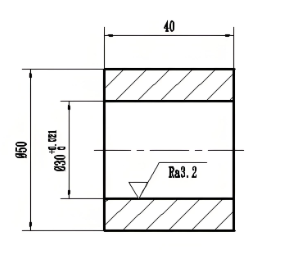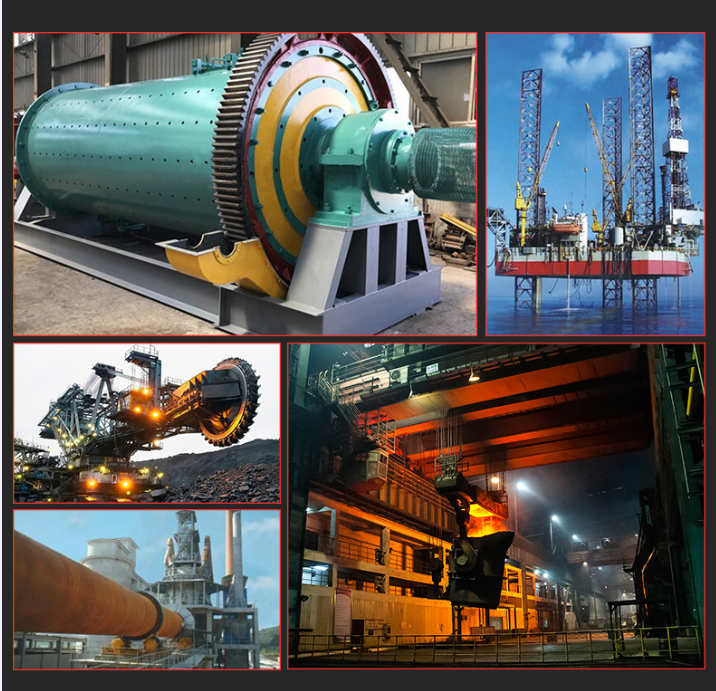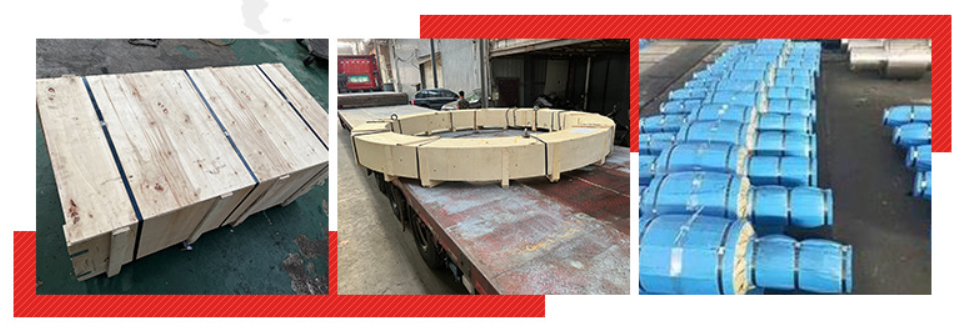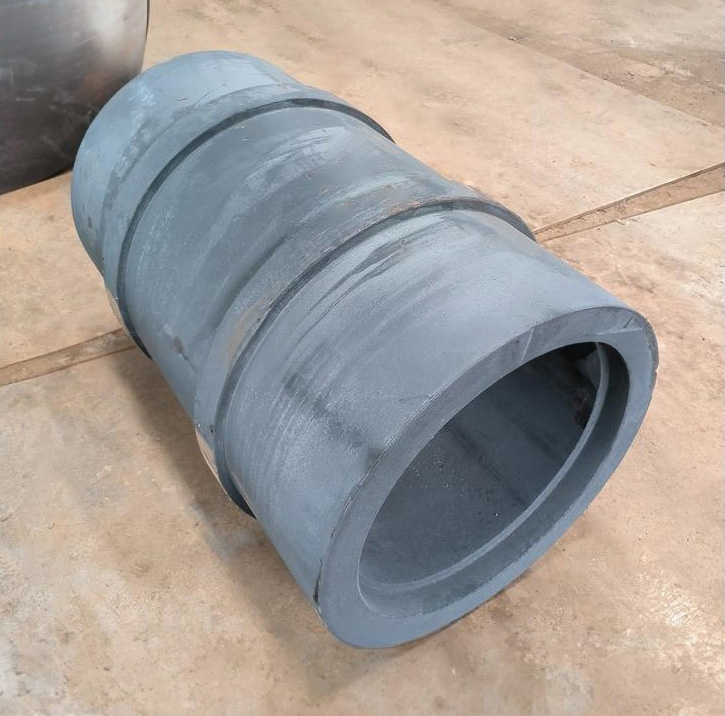Forged cold die components
Forged cold die components
1. Definition
Forged cold die components are specialized tools used in the cold forming process. These dies shape materials at room temperature, allowing for precise and intricate designs in various manufacturing applications.
2. Materials
Forged cold die components are typically made from:
Tool Steel: Such as D2 or A2, known for excellent wear resistance and toughness.
High-Speed Steel (HSS): Used for applications requiring high strength and heat resistance during the forming process.
Alloy Steel: Selected for specific mechanical properties, depending on the application requirements.
3. Manufacturing Process
Forging: The raw material is heated and shaped under high pressure. This process improves the mechanical properties and refines the grain structure, enhancing durability and strength.
Machining: After forging, the die components undergo precision machining to achieve the necessary dimensions and surface finishes.
Heat Treatment: Processes like quenching and tempering may be applied to enhance hardness and overall performance, ensuring longevity during use.
4. Applications
Forged cold die components are commonly used in:
Metal Forming: For producing parts in automotive, aerospace, and consumer goods manufacturing.
Stamping: In processes that require high precision and repeatability.
Molding: For creating complex shapes in various materials.
5. Advantages
High Durability: Forged components exhibit excellent resistance to wear and deformation, making them suitable for high-volume production.
Improved Structural Integrity: The forging process results in fewer defects and a more uniform structure compared to cast parts.
Cost-Effectiveness: Although initial manufacturing costs may be higher, the longevity and reduced maintenance needs of forged dies can lead to lower overall costs.
Customizability: Can be designed to meet specific application requirements, ensuring compatibility with various production processes.
Data Needed for Quotation
1) Your own drawing
2) Your requirement on material and necessary dimensional data
3) Ask for recommend

Processing Materials
| Case Hardened Comparison Table | |||||||
| GB | ГOCT | EN | DIN | W.N. | JIS | AISI/SAE | |
| 15CrMn | 16MnCr5 | 16MnCr5 | 1.7131 | 5115 | |||
| 20CrMn | 20MnCr5 | 20MnCr5 | 1.7147 | 5120 | |||
| 12CrMo | 12XM | 13CrMo44 | 1.7335 | 4119 | |||
| 15CrMo | 15XM | 15CrMo5 | 1.7262 | SCM415 | |||
| 20CrMo | 20XM | 20CrMo5 | 1.7264 | SCM420 | 4118 | ||
| 25CrMo | 30XM | 25CrMo4 | 1.7218 | ||||
| 30CrMo | SCM430 | 4130 | |||||
| 35CrMo | 35XM | 34CrMo4 | 1.722 | SCM435 | 4135 | ||
| 42CrMo | EN19 | 42CrMo4 | 1.7225 | SCM440 | 4140 | ||
| 50CrMo4 | 1.7228 | ||||||
| 40Cr | 40X | 41Cr4 | |||||
| 38XC | |||||||
| 25Cr2MoV | 25X2M1Φ | 24CrMoV55 | 1.7733 | ||||
| 50CrVA | 50CrV4 | 1.8159 | SUP10 | ||||
| 31CrMoV9 | 1.8519 | ||||||
| GCr15 | 100Cr6 | 100Cr6 | 1.3505 | 52100 | |||
| 20CrNiMo | 20XHM | 20NiCrMo2-2 | 21NiCrMo2 | 1.6523 | SNCM220 | 8620 | |
| 20XH3A | |||||||
| 20X2H4A | |||||||
| 17CrNiMo6 | 1.6587 | ||||||
| 18CrNiMo7-6 | 1.6587 | ||||||
| 34CrNiMo6 | 1.6582 | VCN150 | |||||
| 34NiCrMo16 | 35NiCrMo16 | 1.2766 | |||||
| 30CrNiMo8 | 1.658 | VCN200 | |||||
| 39NiCrMo3 | 1.651 | ||||||
| 34CrAlNi7 | 1.855 | ||||||
| 38CrMoAl | 38X2MОA | 41CrAlMo7 | 1.8509 | ||||
| 40CrNiMo | EN24 | 40NiCrMo8-4 | 1.6562 | SNCM439 | 4340 | ||
| 40CrNi | 40XH | 40NiCr6 | 1.5711 | ||||
| 20CrMnMo | 18XTM | SCM421 | |||||
| 40CrMnMo | 40XTM | SCM440 | |||||
| 30XTCA | |||||||
| 38XTH | |||||||
| 40XH2MA | |||||||
| 40X2H2MA | |||||||
| 38XH3MA | |||||||
| 38XH3MΦA | |||||||
Processing technology:

Application areas:
Automotive transmissions, medical equipment, metallurgical machinery, lifting equipment, ore equipment, power equipment, light industry equipment, etc

Packaging :




_1733312730.jpg)